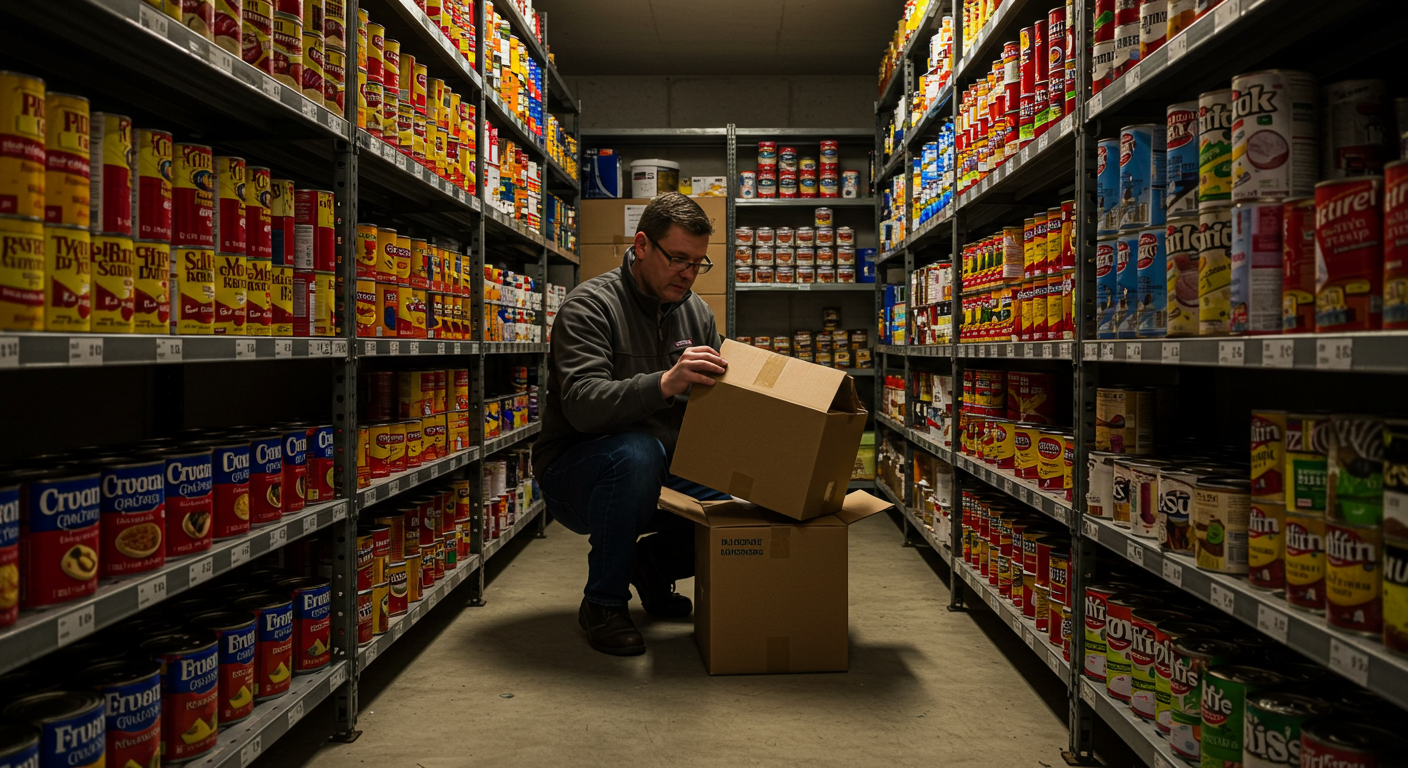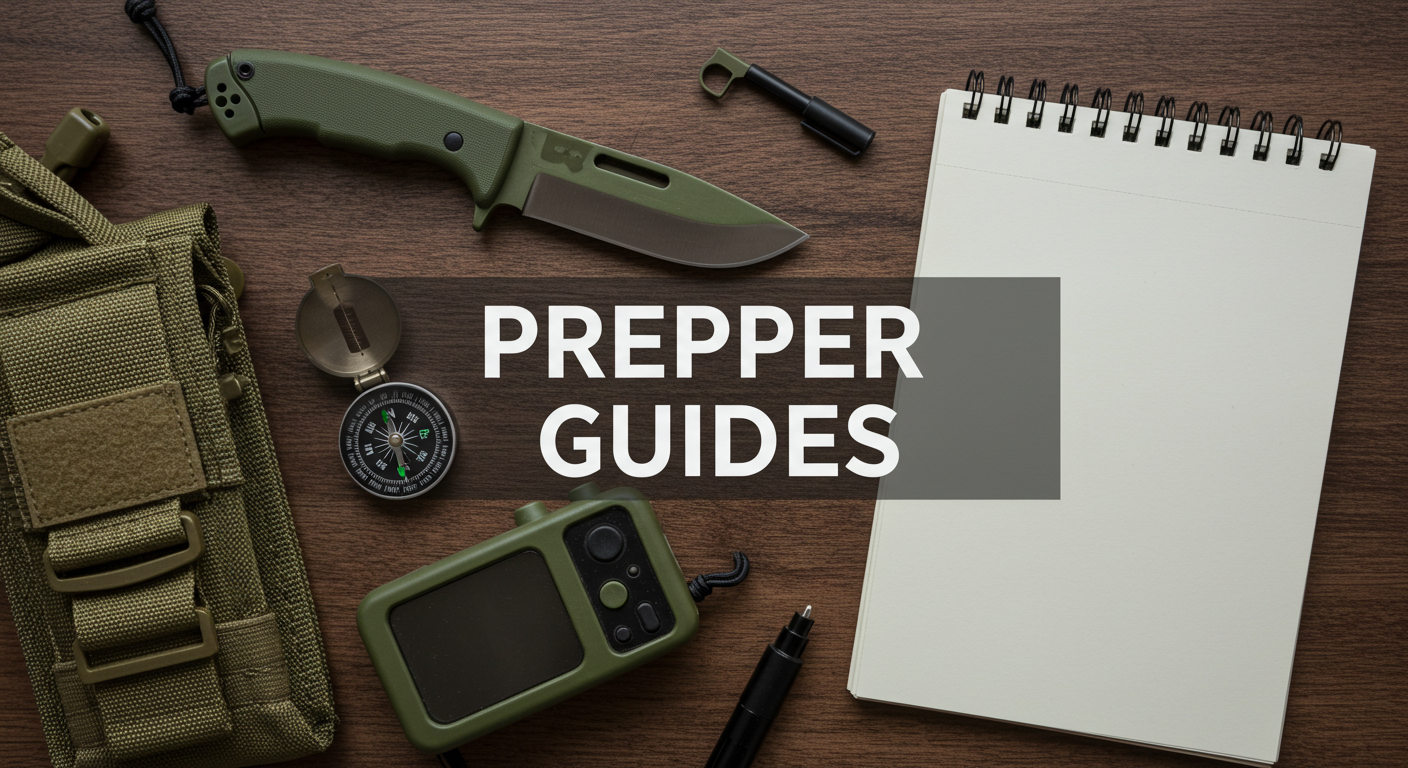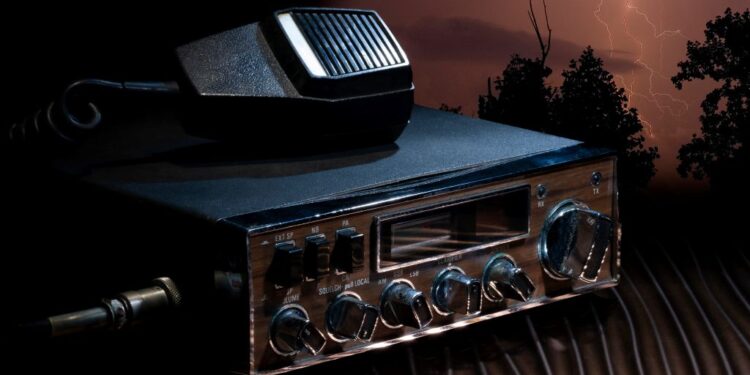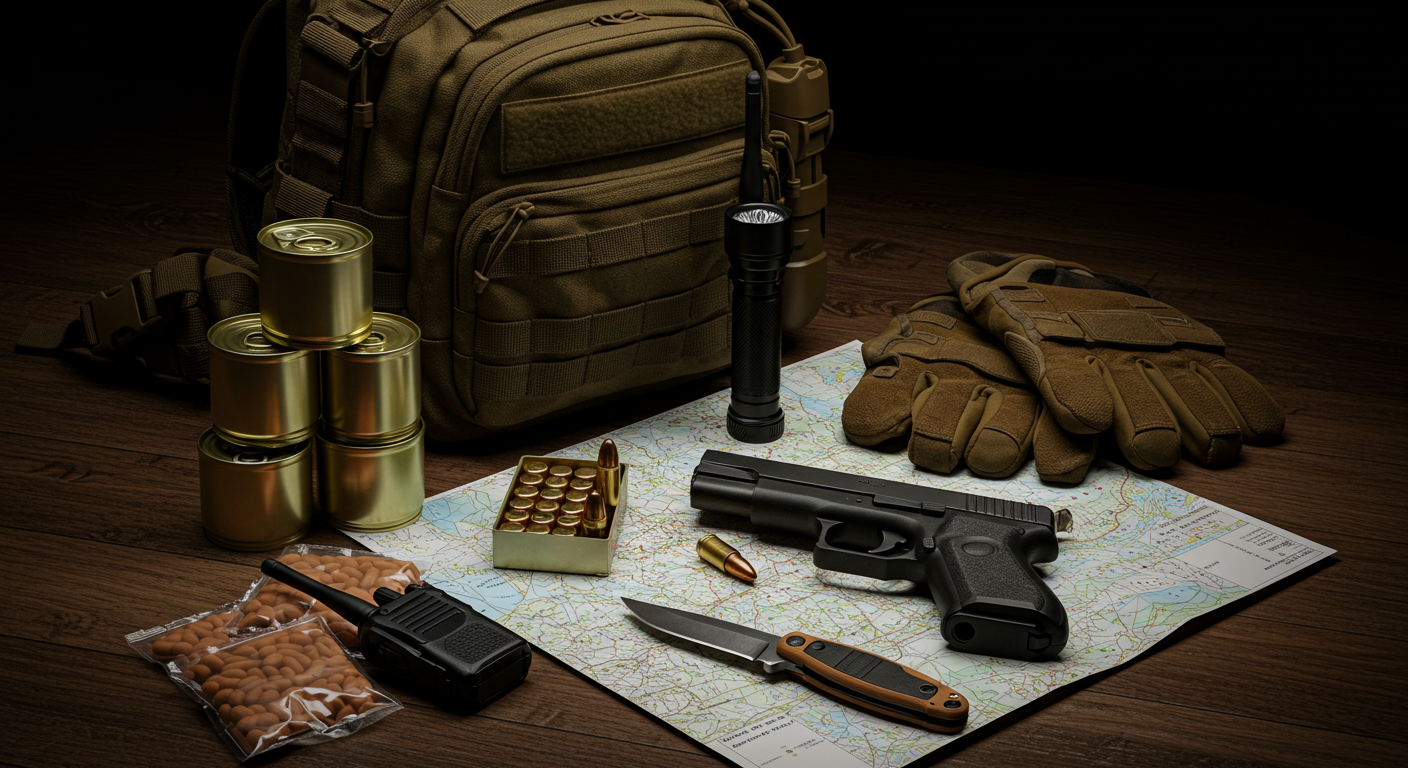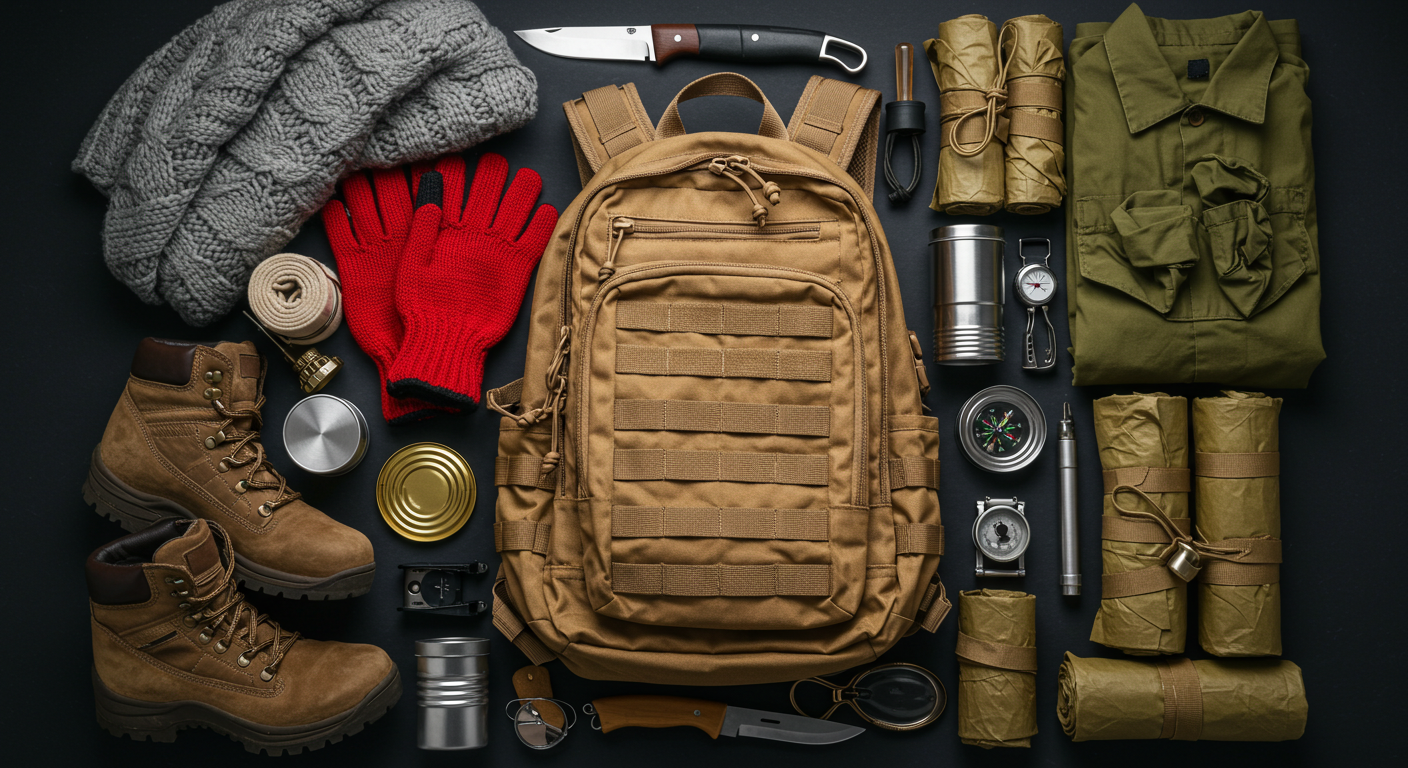If you’re not prepping, you’re waiting to be a statistic.
We’ve been fed the lie that everything is under control—that the shelves will always be stocked and the lights will always be on. But if you’ve paid attention to the last few years—pandemics, blackouts, riots, and inflation—you know the system is fragile. The elite are already prepared with private bunkers and off-grid compounds. The rest of us are left with duct tape and hope, unless we act now.
Step 1: Wake Up
Before you stockpile beans or build a bunker, you need to change your mindset. The media wants you to be compliant and dependent. They laugh at “preppers” on TV while quietly taking notes from our manuals.
Prepping isn’t paranoia; it’s pattern recognition. You’re not crazy for noticing the cracks in the system; you’re smart for acting on them. The most powerful people in the world are investing in doomsday bunkers because they know collapse isn’t a matter of “if,” but of when. If you’re still waiting for permission to start prepping, you’re already behind. This world rewards obedience with fragility. Those who prepare, question, and act independently survive.
Step 2: Threat Assessment
Forget the Hollywood nonsense. Your threats aren’t zombies or aliens. They are the power grid failing, banks freezing your account, a cyberattack, or a sudden martial law declaration.
Make a list:
- What is most likely to affect your region?
- What is your current level of dependence on the system?
- Who in your life will slow you down or help you survive?
You won’t prep effectively if you don’t know what you’re up against. A one-size-fits-all approach is lazy and dangerous. The real threats often hide in plain sight. Food insecurity isn’t just an issue for third-world countries, and inflation is slow-motion economic warfare. The moment you stop analyzing threats is the moment they get the jump on you.
Step 3: The Rule of 3s (Survival Math)
Survival isn’t about hoarding; it’s about priority.
- 3 minutes without air
- 3 hours without shelter in extreme conditions
- 3 days without water
- 3 weeks without food
This is survival math. Fail the equation, and you fail to live. It’s easy to laugh at preppers until your faucet runs dry. Water is life, and most tap systems rely on electric pumps. If the power goes out, the water stops flowing. Are you ready for that?
And food? The shelves clear in hours, not days, during a panic. If you’re depending on fast food or microwave dinners to survive, you’re not prepping; you’re gambling.
Step 4: Build Your Core Supplies (Quietly)
Most rookies go wrong by announcing their stockpile. Operational security (OPSEC) is your best friend. Your neighbors don’t need to know you have six months of food in your basement. In a crisis, desperation turns friends into predators.
Stock up slowly. Use cash when possible. Keep your supplies low-key and dispersed. Do not put all of your supplies in one spot. Floods, fires, or theft could wipe out your entire setup.
Step 5: Learn Skills No One Teaches Anymore
Prepping isn’t just about things; it’s about knowledge. The grid can take your lights, your money, and your internet, but it can’t take what you’ve trained.
Learn how to:
- Purify water without a filter.
- Grow and preserve your own food.
- Treat wounds when no ambulance is coming.
- Navigate without GPS.
- Protect your home and loved ones.
We’ve become soft. Most people today couldn’t start a fire without a lighter or stitch a wound without Wi-Fi. This weakness is exactly what governments, corporations, and criminals depend on. Start learning now because knowledge is power. Get uncomfortable. Train now, while mistakes are still a lesson, not a death sentence.
Step 6: Build a Tribe You Can Trust
No one survives alone. But you also don’t want to rely on the wrong people. Start small. Find a trusted friend, an aware neighbor, or a local group that meets quietly. Vet them. Watch how they handle stress. You don’t need cheerleaders; you need assets.
In a crisis, the lone wolf dies. But the wolf pack? That’s where power lies. Just make sure your pack is composed of people who bring value—skills, loyalty, and grit—not dead weight. Be ready to walk away. If someone proves untrustworthy in peacetime, imagine how they’ll act in chaos. In a crisis, loyalty is gold, and betrayal is fatal.
Step 7: Run the Drill
Practice blackouts. Test your gear. Go 72 hours off-grid and see what fails. It’s better to be embarrassed now than dead later.
Run scenarios:
- What if gas stations shut down?
- What if your phone stops working?
- What if your house is targeted?
The time to discover your weak points is now, not during a disaster. Prepping without testing is a fantasy. A generator that doesn’t start or a water filter you’ve never used becomes dead weight if it doesn’t function under pressure. Stress breaks systems. Drills expose reality. Run them often. Run them hard. Because when the real thing hits, you won’t rise to the occasion—you’ll fall to the level of your training.
Final Word
They want you docile and distracted, scrolling through social media while the dollar dies, the borders dissolve, and your digital leash tightens. But you? You’re here. You’re reading this. Which means you’re not asleep.
You don’t need permission to prepare. You need guts, discipline, and will. The system is not built for your survival; it’s built for your compliance. So stop complying. Start preparing. Because one day soon, the power will flicker, the sirens will blare, and the unprepared will look to you. Not because you’re a hero, but because you saw the storm before it hit.
